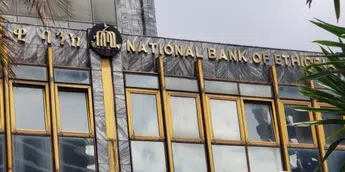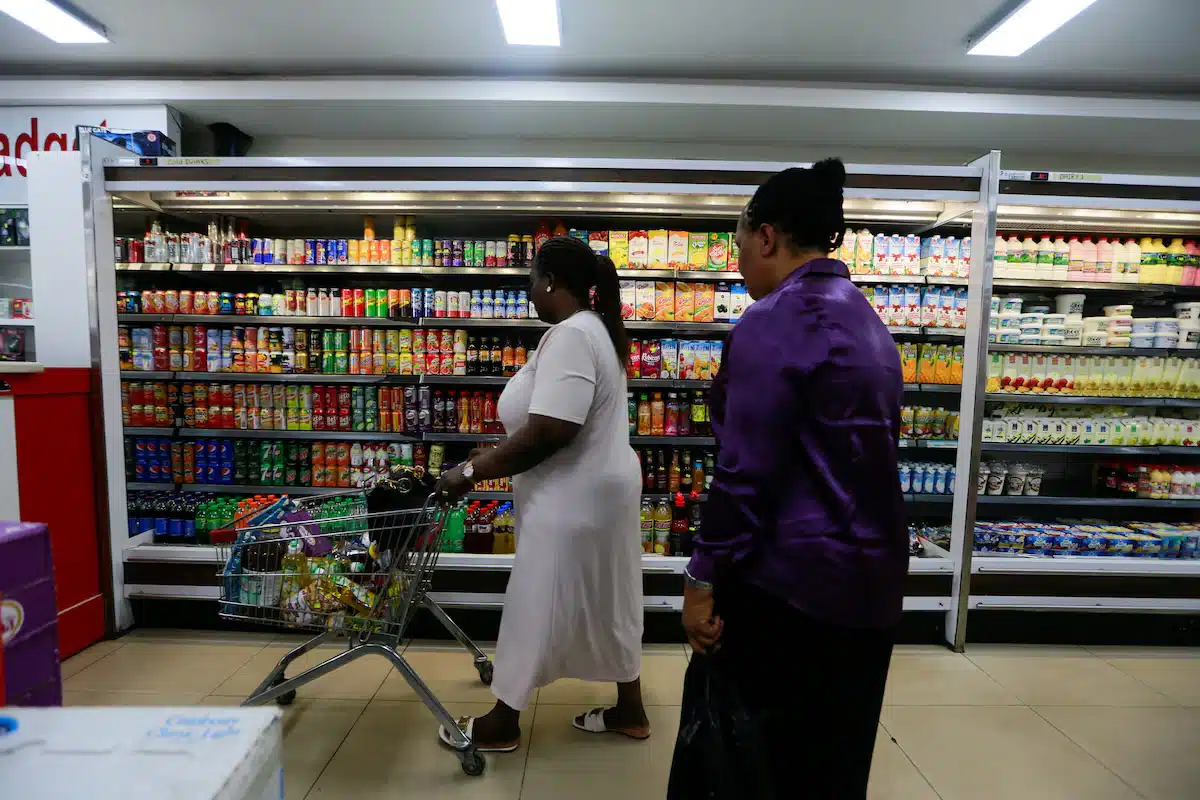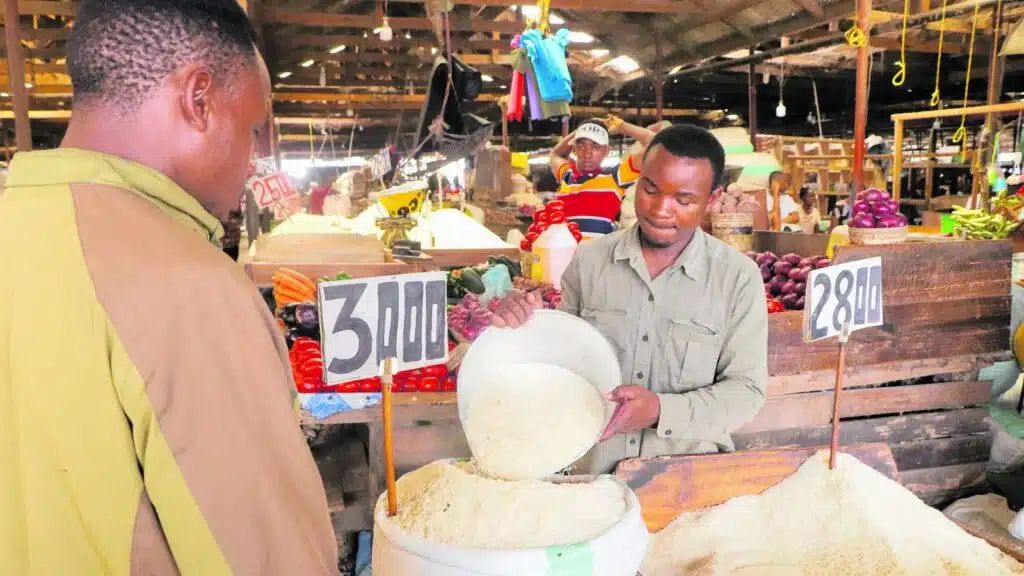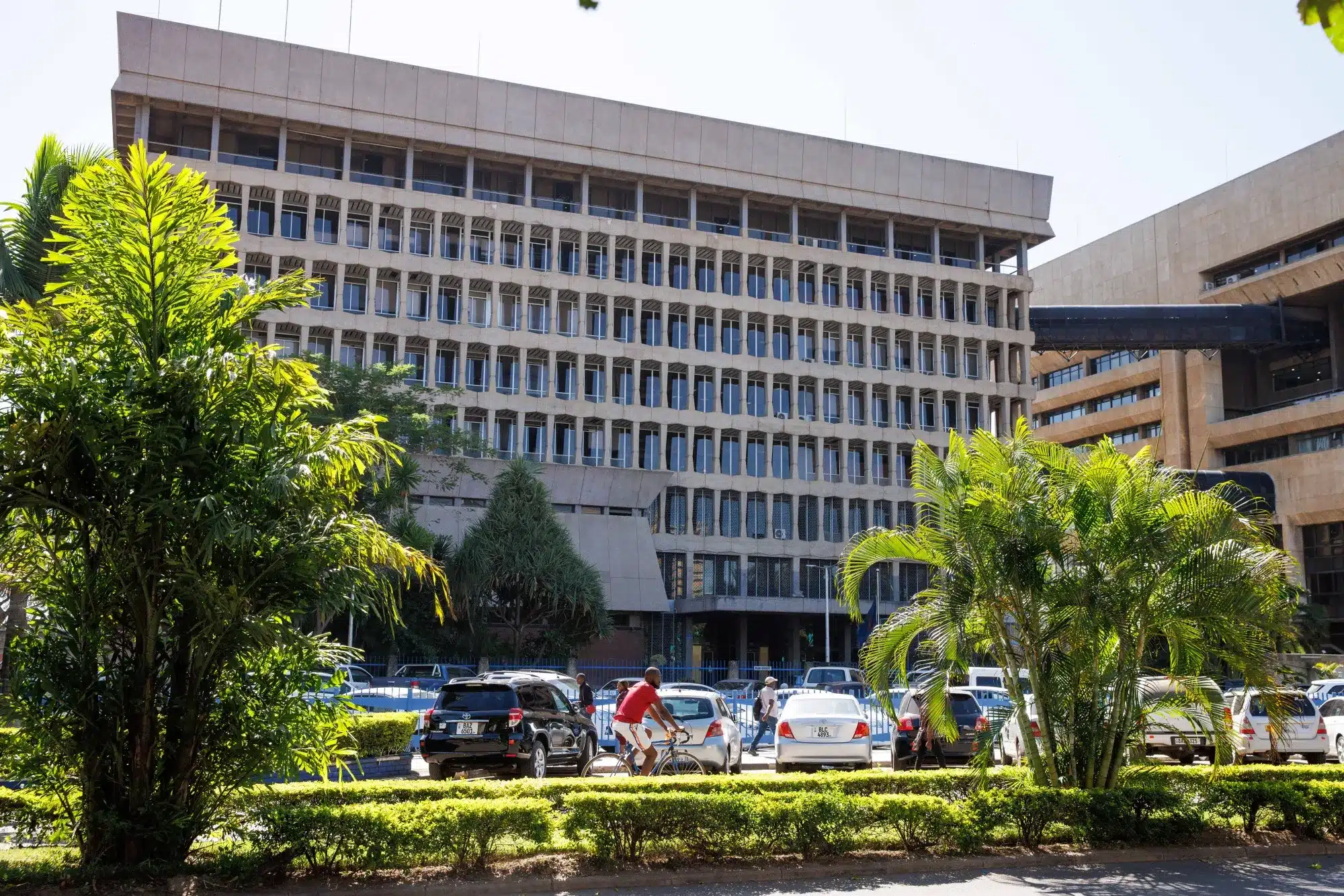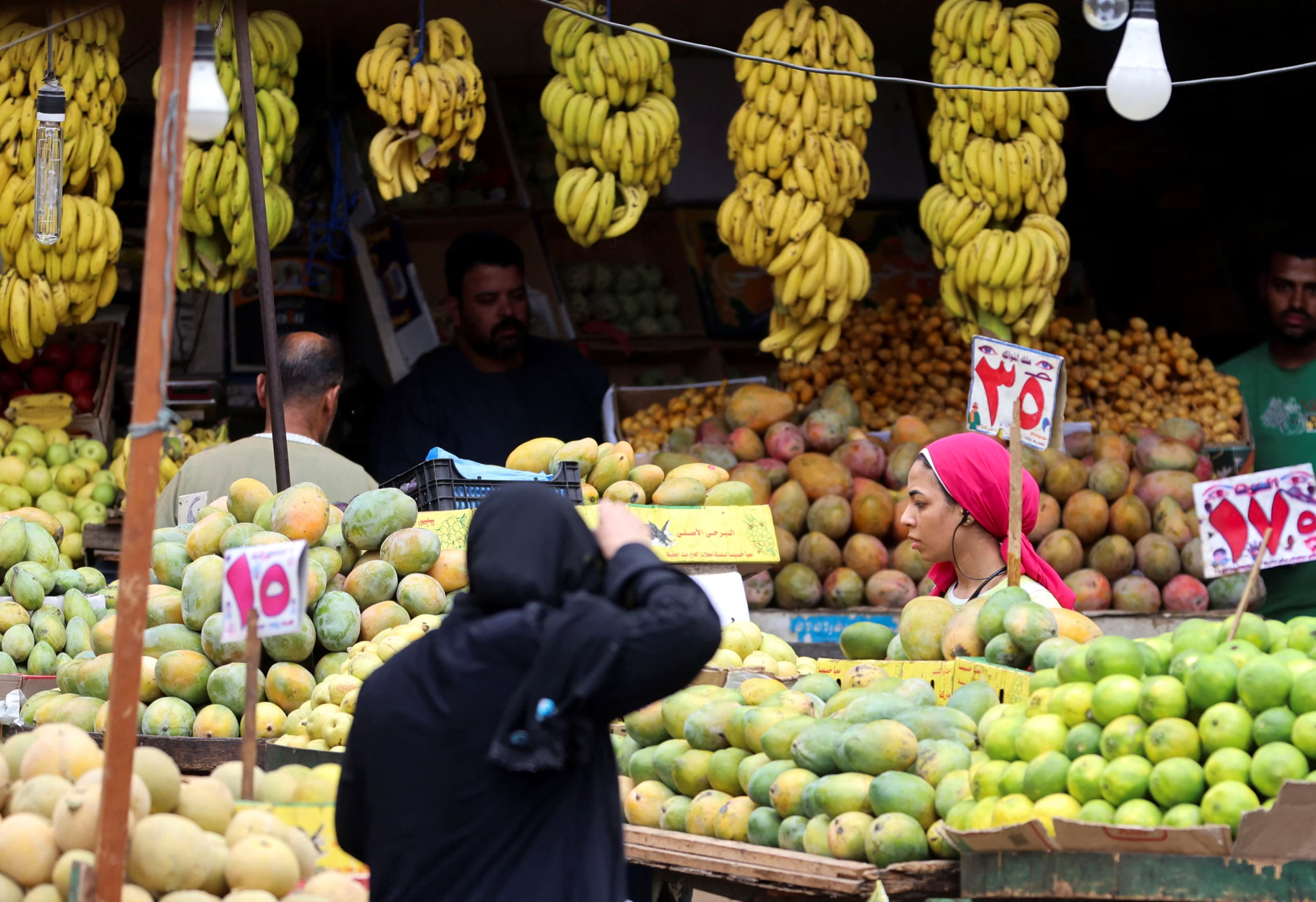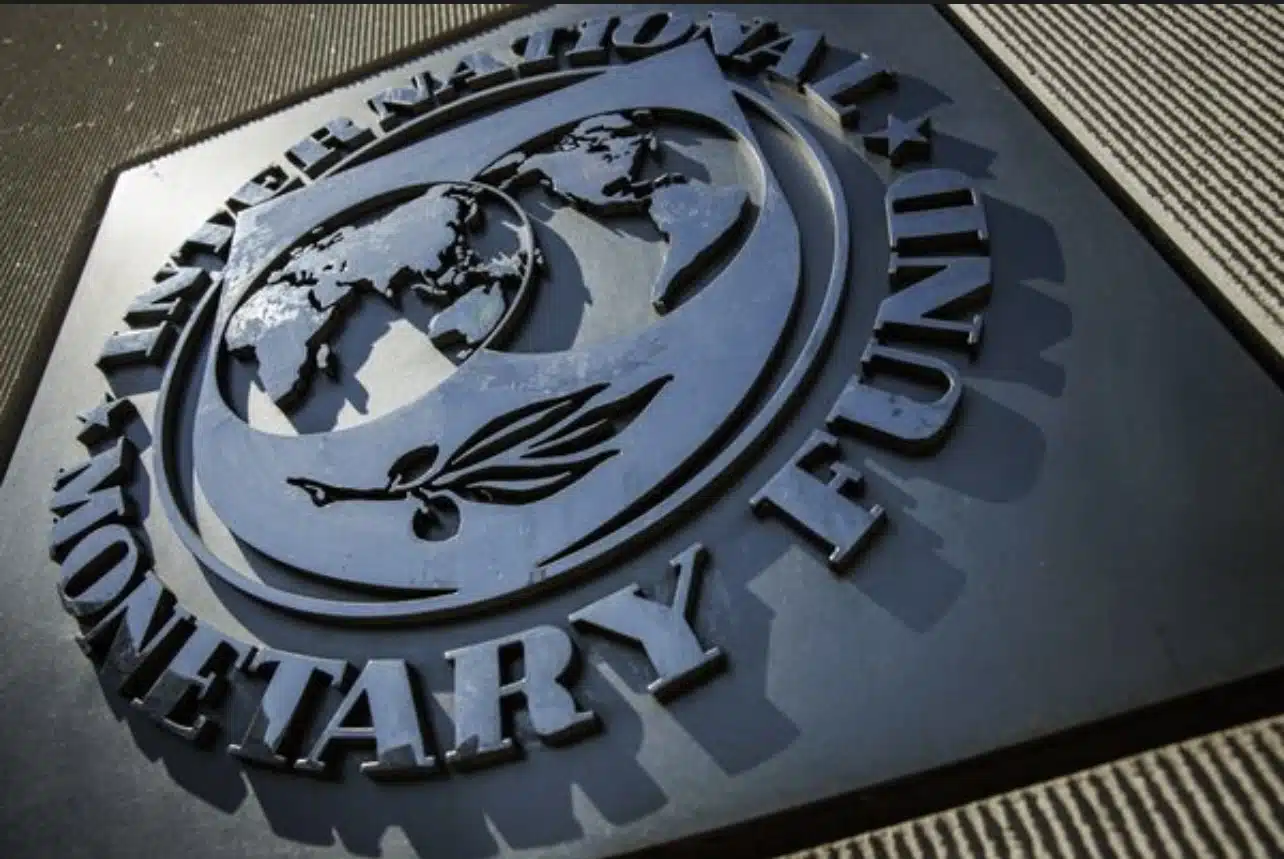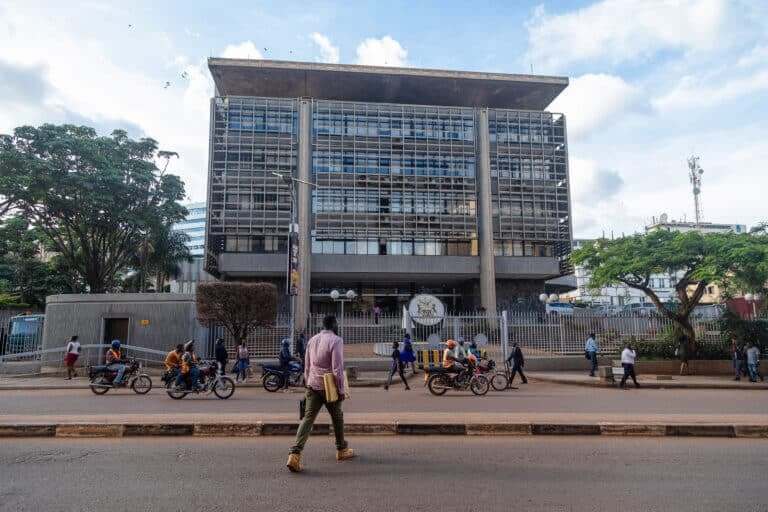The National Bank of Ethiopia (NBE) has raised the banking sector’s credit-growth ceiling for the current fiscal year from 18% to 24% but stopped short of fully lifting the cap as planned for September.
In a statement on Monday after its fourth Monetary Policy Committee (MPC) meeting took place on September 25, 2025, the NBE said it would maintain its tight monetary stance even as inflation moderates and external accounts strengthen, citing steady improvements in liquidity conditions and economic activity.
The MPC stressed its decision is guided by the NBE’s core objective of safeguarding price stability while fostering “sustainable and inclusive growth.”
Data from the Ethiopian Statistical Service show that Ethiopia’s annual inflation eased for the third consecutive month to 13.6% in August 2025 — its lowest level since March — down slightly from 13.7% in July.
NBE noted that economic activity indicators show robust growth, supported by supply-side initiatives in agriculture and industry, stronger exports of coffee and gold, and a rebound in services such as air transport and tourism.
However, imports of semi-finished goods and consumer products weakened versus last year, reflecting ongoing foreign exchange management and demand trends.
Year-on-year growth in broad money and base money stood at 23.1% and 70.7% respectively, at the end of August, according to the apex bank. Domestic credit grew by 14% over the same period, while outstanding loans of the banking system expanded by 5.4%.
Short-term market interest rates have declined, with the average yield on 91-day Treasury bills falling to 15.0% in August from 17.6% in June amid improved liquidity.
In the local-currency interbank market, the weighted average rate dropped to 13.7%, near the policy corridor of 15% ±3 percentage points.
These trends reflect the combined effect of the NBE’s reserve-money management, supported by foreign inflows from gold trade, and the establishment of a formal interbank money market alongside a Standing Lending Facility to ease short-term liquidity strains.
According to the statement, the government refrained from borrowing from the central bank in the first two months of the 2025/26 fiscal year, reinforcing monetary tightening.
On the external front, the regulator highlighted strong growth in goods exports, particularly gold and coffee, robust remittance inflows, and moderate gains in net services trade.
“These developments have helped sustain a current-account surplus, while the overall balance of payments has remained in surplus, continuing the robust performance seen last year,” the statement noted.
Looking ahead, the International Monetary Fund projects global economic growth at 3.0% in 2025 and 3.1% in 2026 — slightly above earlier expectations — driven by stronger-than-anticipated demand and easing US tariff rates, with Ethiopia among the beneficiaries.

